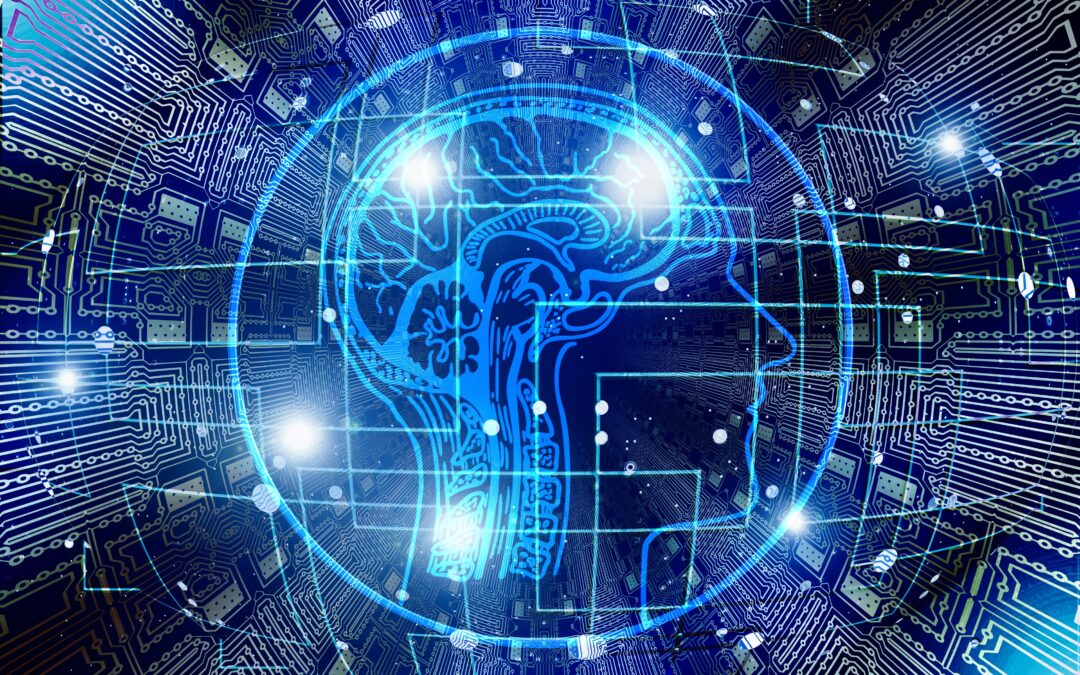It Costs Just $400 to Build an AI Disinformation Machine

The age of artificial intelligence has brought about tremendous advancements and innovations. However, like any powerful tool, AI can also be wielded for malicious purposes. Recent studies have shown that it only costs a meager $400 to build an AI disinformation machine.
Disinformation refers to the intentional spread of false or misleading information to deceive and manipulate people. With the advent of AI, disinformation campaigns have become more sophisticated and harder to detect. The affordability of building an AI disinformation machine raises concerns about the potential for widespread misinformation and the erosion of trust in various aspects of society.
The Technology Behind AI Disinformation Machines
AI disinformation machines typically employ a combination of natural language processing, machine learning, and deep learning algorithms. These algorithms are trained on vast amounts of data, allowing them to analyze patterns, mimic human behavior, and generate content tailored to exploit psychological vulnerabilities.
By leveraging AI, disinformation machines can quickly generate high volumes of misleading or false content, such as fake news articles, photos, videos, or social media posts. These machines can analyze real-time data and adapt their narrative to steer public opinion, fabricate credibility, and amplify misinformation across multiple online platforms.
The Consequences of AI-Driven Disinformation
The proliferation of AI-driven disinformation poses significant threats to individuals, societies, and democracies worldwide:
- Undermining Trust: Trust in credible news sources and reliable information is eroded when disinformation gets shared widely. This undermines democratic processes and can lead to polarization and social unrest.
- Sowing Divisions: AI disinformation machines can exploit existing divisions within society, amplifying disagreements and deepening social rifts. This can lead to strained relationships, hostility, and diminished civic engagement.
- Manipulating Elections: Disinformation campaigns can disrupt democratic processes by manipulating public sentiment, influencing voter behavior, or discrediting political candidates.
- Spreading Misinformation: Misleading health information, conspiracy theories, and fabricated scientific research can have dire consequences, affecting public health and jeopardizing lives.
Addressing the challenges posed by AI-driven disinformation requires a multi-faceted approach involving technology companies, policymakers, fact-checking organizations, educators, and individuals.
Countering AI Disinformation
Efforts to combat AI disinformation must focus on several key areas:
- Enhanced AI Detection: Developing advanced AI algorithms for detecting disinformation patterns and identifying coordinated campaigns.
- Improved Media Literacy: Educating individuals about critical thinking, digital literacy, and fact-checking methods to help them discern credible information from disinformation.
- Collaborative Fact-Checking: Promoting collaboration among technology platforms, fact-checkers, and researchers to swiftly identify and debunk false narratives.
- Transparency in Algorithms: Encouraging tech companies to be transparent about the algorithms they employ, ensuring accountability and minimizing the potential for misuse.
While AI disinformation machines present significant challenges, there is hope. By being aware, staying vigilant, and collectively working towards combating disinformation, societies can mitigate the negative impacts and foster a more informed and resilient future.


Recent Comments